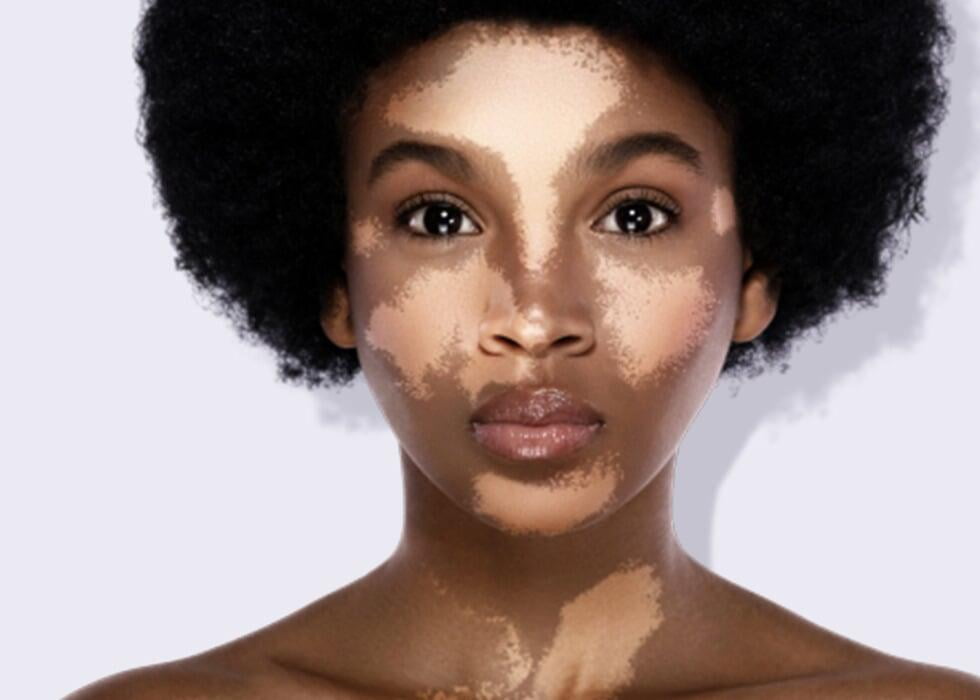
What is vitiligo?
Skin and mucous membranes develop white patches due to the loss of pigment that characterizes the skin disorder vitiligo.
Who Is Predisposed to This Illness?
Both sexes have an equal risk of developing vitiligo, therefore anybody may have it. This disorder is equally prevalent across all racial groups. However, you have a higher chance of getting vitiligo if one of your parents has it, if you or a family member has an autoimmune disorder (such hyperthyroidism), or if you started graying your hair before the age of 35.
What is the disease's prevalence?
One to two percent of the world's population suffers with vitiligo, which is thought to afflict two to five million people in the United States. Vitiligo often appears between the ages of 10 and 30.
What triggers this skin disorder?
The melanocytes, which are the cells that create the pigment that gives the skin its color, are either killed or cease to function, which causes the symptoms of vitiligo. It is still unclear what causes this to occur; it might be an immunological response, heredity, or even a circumstance like a sunburn or mental stress.
Is this Spreadable?
Vitiligo cannot be spread.
What Are the Signs and Symptoms of this Skin Disorder?
Vitiligo patients have uneven white patches on various body areas, and these patches enlarge with time. Typically, the cheeks, lips, hands, arms, and feet are where the first white spots develop. Later, they began to appear in other places, such as the nose, eyes, genitals, and armpits. The eyes and hair might also lose pigment as a consequence.
How is it detected?
By doing a physical examination, gathering a patient's medical history, and maybe ordering a biopsy or blood test to rule out other illnesses, a clinician can make the diagnosis of vitiligo.
What is the Treatment?
UV light therapy, corticosteroids (oral or topical), skin grafting, skin tattooing, and, in severe instances of Vitiligo, depigmentation of the remainder of the skin to match the color of the afflicted skin, are some of the traditional medical therapies for Vitiligo.
Is the Medicine Working?
Unfortunately, no approach is certain to work. Long-term usage of steroids may result in some benefits, but it is not advised due to negative effects. Although it takes a lot of time and may result in eye damage, skin burns, and skin cancer, light treatment is somewhat successful. Although skin grafting should, in principle, be highly successful, several problems, such as graft rejection, infection, and strange-looking grafted skin, can in fact occur (cobblestone effect).
Is it accurate to say that it can be treated without the use of drugs or surgery?
Yes, multiple studies have revealed that a mixture of three vitamins, herbal extracts, or a combination of herbs and vitamins have successfully treated Vitiligo in individuals in clinical trials. Additionally, it has been shown that altering one's diet may significantly affect the disease. Sweden has conducted a significant amount of research on organic treatments for vitiligo.
Treatment options for vitiligo include surgery, immune system suppression (to treat autoimmune), and steroid medication. There are several effective natural treatments for safed daag as well. From here, you may check.
